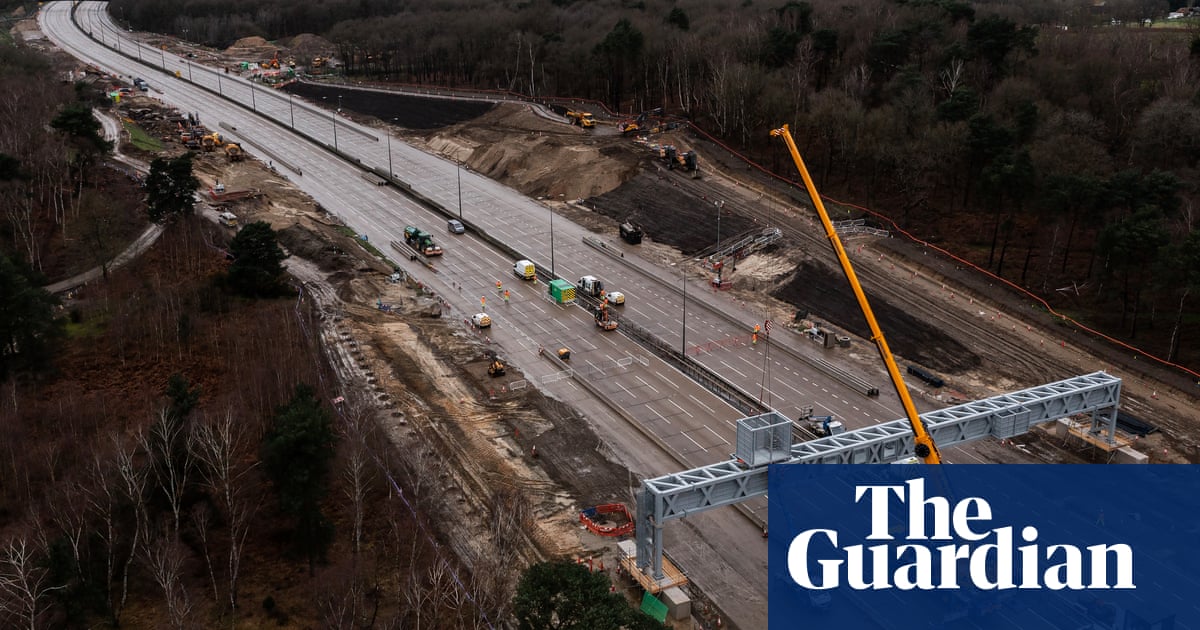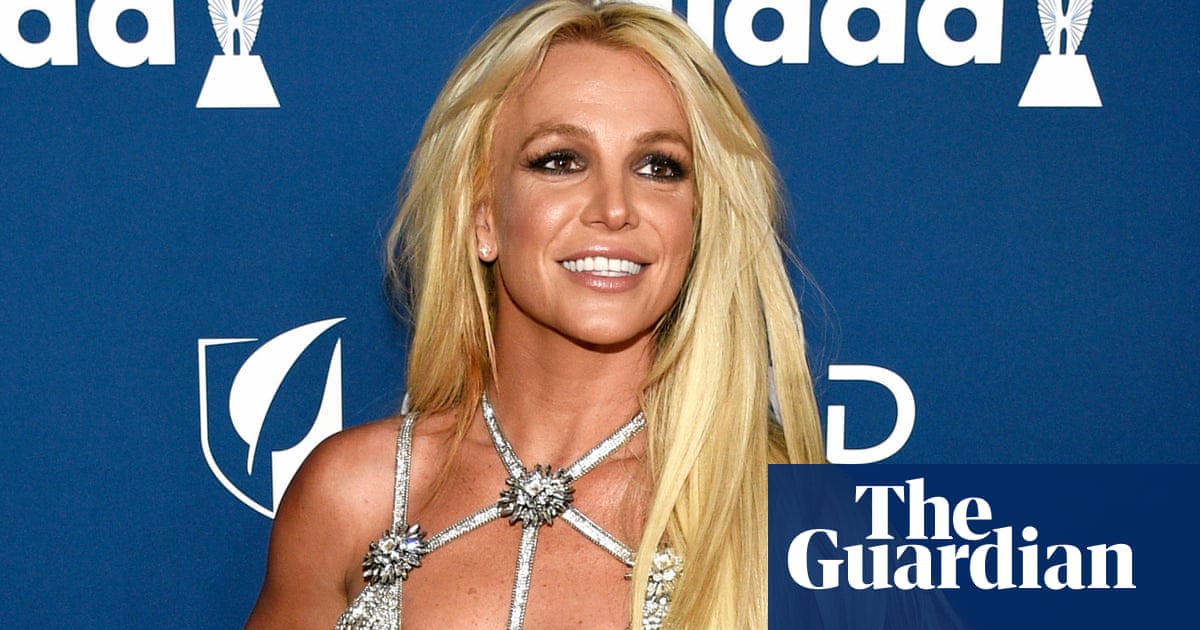
ustralia’s theatre companies are wrestling with the logistical and philosophical challenges in becoming digital content providers. For some, it’s a stopgap until venues can re-open. For others, it might be a game changer.
Theatre-makers quickly adopted Zoom and Facebook as a virtual venue during the Covid-19 shutdown. Even though theatres have been greenlit to open from 1 July, the social distancing rules requiring audience members to sit four square metres apart make it financially non-viable. “We can’t play to 20 people,” says Eamon Flack at Belvoir. At Sydney Theatre Company, Patrick McIntyre says “it won’t be economically viable to return to the stage until restrictions are lifted altogether ... until we have greater certainty, we’re stuck.”
While the theatres wait, the digital seasons roll on. There have been dozens of productions, ranging from intimate cabarets to full-cast Shakespeare plays and musicals performed live with actors in isolation, often streaming from their own homes.
But with viewers fatigued by Zoom meetings during work hours and theatre-makers increasingly aware of the technical limitations of teleconferencing platforms, producers are now turning to new digital avenues.
Sydney’s Red Line Productions, which operates the 60-seat Old Fitzroy theatre in inner-city Woolloomooloo, was quick out of the gate after the initial shutdown, producing two live-streamed readings of contemporary plays featuring high-profile actors including Ewen Leslie, Rose Byrne and Alec Baldwin.
The company’s next online project: a production of US writer Will Eno’s monologue Thom Pain (Based on Nothing), performed by Toby Schmitz, and a live concert starring Elenoa Rokobaro – is a technological step-up with each show captured by nine cameras, vision and audio mixed on the fly and streamed live over a week.
“This is theatre. It’s not television – it’s live theatre made for film,” says Red Line’s artistic director Andrew Henry. “With TV you can talk in the middle of it, switch channels or turn it off. We are aiming to really hold the audiences’ attention. We are doing everything to preserve the live experience. You have to turn up. If you miss the show, tough luck.”
The expectation is that many viewers (thanks to the recent relaxation of domestic social distancing rules) will watch the live stream at home in small groups. If the pub’s owners decide to open, Henry plans to have big screens running for a limited audience in its upstairs space knowing it’s happening live just a few metres below them. The kitchen is even considering takeaway meals to collect.
“We’re offering everything the Old Fitz experience has except the theatre is empty,” says Henry.
From the actor’s perspective, Schmitz expects the performance to be both “freeing and electrifying”.
“With a one-person show, you tend to do it a million times on your couch at home and you sometimes think, I wish I could be that confident and relaxed in front of 50 people or 400 people.
“Also, I have a body memory of what it feels like to stare into the third row at the Old Fitzroy, and I know there might be 100 or 1,000 people watching at home. It is still visceral, the stakes are still high.”
Other companies are experimenting with filmed and streamed performance, though not always live.
Melbourne Theatre Company, for example, drawing on the rich history of the radio play, is creating a series of podcasts.
“I think it’s safe to say that there is a fair amount of screen-fatigue out there at the moment,” says MTC artistic director Brett Sheehy. “Zoom and video calls have been incredibly useful but they’ve also taken over our lives a bit.
“A solely audio project is different to anything we’ve done before but it still offers audiences a style of performance that is theatrical, evocative and intimate. We’re thinking of it as theatre for your ears.”
In Adelaide, the State Theatre Company of South Australia is preparing a new work, Decameron 2.0, a collection of 100 pandemic-inspired stories by 10 South Australian playwrights. Each episode will be filmed in an Adelaide warehouse and broadcast online over 10 weeks.
Perth’s Black Swan State Theatre Company is working on Unsung Heroes, an online festival of Western Australian stories, with filmed performances that will be streamed free. Queensland Theatre has created Play Club, a series of live readings of contemporary Australian plays. Urban Theatre Projects, in western Sydney, is preparing the first in a series of livestreamed performances, while Sydney Theatre Company has its STC Virtual channel, to help tide audiences over.
But for the most part, state theatre company thinking is consumed by the need to physically reopen venues rather than continued explorations of digital options, says STCSA’s artistic director Mitchell Butel. “Decameron 2.0 might be our first and last project in this space. Our focus is on how to get actors back in the rehearsal room safely and getting some new marketing campaigns up.”
Creating content for online audiences has been artistically rewarding, Butel adds. “With Decameron, each team has one day to write it, then it’s filmed and edited and delivered digitally at the end of the week. You are responding to a rapidly changing situation. We’re putting them up like Netflix, but we’re encouraging audiences to write comments and respond, which might influence the writing of the next piece and so on.
“We’ve gone from the gloom of Zoom to a boom in a room,” he laughs.
Like her colleagues, Lee Lewis, artistic director of Queensland Theatre, is wrestling with the logistics of reopening. Even if theatres open, will the audience come?
“We’re definitely going to lose a significant percentage of our audience next year,” Lewis says. “Already, around 30% of people have indicated they are too fearful to come this year, and I have to respect that. So we will be building some form of digital subscription for them. If our audience won’t come to us, we have to go to them.”
Lewis loves the idea of groups of people watching a show in someone’s home.
“We could see theatre like we see sport. You and your mates can get together and watch a play on your huge TV. Say it’s $50; you could have 10 people paying five bucks each to see a show. I think that’s wonderful.”
Yet the financial barriers to the digital distribution of theatre shows are considerable. Capturing a live theatre production with multiple cameras can cost around $100,000, says Butel.
“That’s huge and I don’t think any one company has the capacity for that, particularly after the financial hit they’ve all taken. But there is a real desire from every company to maybe film one show every so often. Could we have a national digital subscription scheme that gets you one filmed production from each state company? I could see that as being part of a new business model.”
For Clare Watson, artistic director of Black Swan, streamed theatre, live or otherwise, can’t replicate the “magic” that comes from audiences and performers sharing the same space, the same air, the same moment.
“As much I’ve loved watching theatre on film, I’d hate to have people think that is what theatre is, because theatre is absolutely about being in the room with the artists. It’s a live transaction.
“I feel protective of how magical the craft of theatre is. Theatre audiences are witness to a single moment in time that will never exist again. It’s the ephemeral nature of that interaction between performer and the audience that is so special.”












